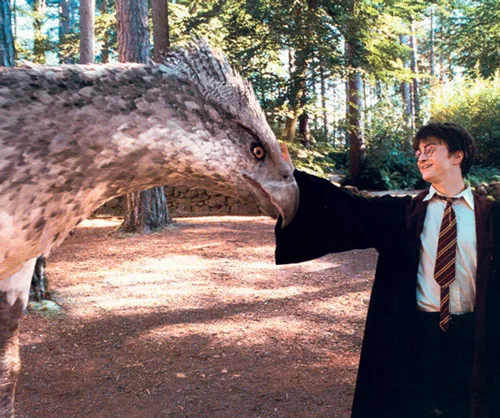
- 538 pages
- English
- ePUB (mobile friendly)
- Available on iOS & Android
Introduction to Film Studies
About this book
Introduction to Film Studies is a comprehensive textbook for students of cinema.
This completely revised and updated fifth edition guides students through the key issues and concepts in film studies, traces the historical development of film and introduces some of the worlds key national cinemas. A range of theories and theorists are presented from Formalism to Feminism, from Eisenstein to Deleuze. Each chapter is written by a subject specialist, including two new authors for the fifth edition. A wide range of films are analysed and discussed. It is lavishly illustrated with 150 film stills and production shots, in full colour throughout. Reviewed widely by teachers in the field and with a foreword by Bill Nichols, it will be essential reading for any introductory student of film and media studies or the visual arts worldwide.
Key features of the fifth edition are:
- updated coverage of a wide range of concepts, theories and issues in film studies
- in-depth discussion of the contemporary film industry and technological changes
- new chapters on Film and Technology and Latin American Cinema
- new case studies on films such as District 9, Grizzly Man, Amores Perros, Avatar, Made in Dagenham and many others
- marginal key terms, notes, cross-referencing
- suggestions for further reading, further viewing and a comprehensive glossary and bibliography
- a new, improved companion website including popular case studies and chapters from previous editions (including chapters on German Cinema and The French New Wave), links to supporting sites, clips, questions and useful resources.
Individual chapters include: The Industrial Contexts of Film Production · Film and Technology · Getting to the Bigger · Picture Film Form and Narrative · Spectator, Audience and Response · Cinematic authorship and the film auteur · Stardom and Hollywood Cinema · Genre, Theory and Hollywood Cinema The Documentary Form · The Language of Animation · Gender and Film · Lesbian and Gay Cinema · Spectacle, Stereotypes and Films of the African Diaspora · British Cinema · Indian Cinema · Latin American Cinema · Soviet Montage Cinema of the 1920s
Contributors: Linda Craig, Lalitha Gopalan, Terri Francis, Chris Jones, Mark Joyce, Searle Kochberg, Lawrence Napper, Jill Nelmes, Patrick Phillips, Suzanne Speidel, Paul Ward, Paul Watson, Paul Wells and William Wittington
Frequently asked questions
- Essential is ideal for learners and professionals who enjoy exploring a wide range of subjects. Access the Essential Library with 800,000+ trusted titles and best-sellers across business, personal growth, and the humanities. Includes unlimited reading time and Standard Read Aloud voice.
- Complete: Perfect for advanced learners and researchers needing full, unrestricted access. Unlock 1.4M+ books across hundreds of subjects, including academic and specialized titles. The Complete Plan also includes advanced features like Premium Read Aloud and Research Assistant.
Please note we cannot support devices running on iOS 13 and Android 7 or earlier. Learn more about using the app.
Information

 |
 |
 |
 |
 |
 |
 |
 |
 |
 |
 |
 |
 |
 |
 |
 |
 |

exhibition | Division of the film industry concentrating on the public screening of film. |
distribution | Division of the film industry concentrating on the marketing of film, connecting the producer with the exhibitor by leasing films from the former and renting them to the latter. |
production | Division concentrating on the making of film. |

kinetograph | Edison’s first movie camera |
Patent Pool | An association of companies, operating collectively in the marketplace by pooling the patents held by each individual company. |
Table of contents
- Cover Page
- Half Title Page
- Title Page
- Copyright Page
- Table of Contents
- List of illustrations
- Notes on contributors
- Foreword
- Acknowledgements
- Introduction to the fifth edition
- PART ONE: CINEMA AS INSTITUTION: TECHNOLOGY, INDUSTRY AND AUDIENCE
- PART TWO: APPROACHES TO STUDYING FILM_ FORM AND TEXT
- PART THREE: STUDYING GENRE
- PART IV: CINEMA, IDENTITY AND THE POLITICS OF REPRESENTATION
- PART V: CINEMA, NATION AND NATIONAL IDENTITY
- Glossary
- Bibliography
- Index